Products You May Like
Get full access to Outside Learn, our online education hub featuring in-depth fitness, nutrition, and adventure courses and more than 2,000 instructional videos when you sign up for Outside+
Sign up for Outside+ today.
Chances are if you’ve purchased new recreational alpine ski boots in the past few years, your boots likely have GripWalk soles. But if you haven’t updated your ski bindings in a while, or they are not GripWalk compatible—indicated by the GripWalk logo stamped somewhere on the toe or if the binding has an adjustable anti-friction device (AFD)—you are putting yourself in harm’s way every time you click in.
That’s because non-GripWalk alpine bindings will put more pressure between the boot and the binding’s toe piece, which, just like cranking up the release value, means that the binding will not release properly during a fall and increase the chance for severe injury.
As GripWalk becomes more prominent every year for the majority of recreational ski boots, the onus is on consumers to upgrade their bindings when buying new kicks.
Fortunately, ski binding technology has evolved over the past decade to incorporate other important features besides boot sole compatibility. New bindings have increased surface area contact points for better ski control, lighter and stronger materials, and even micro-vibration absorption to reduce both leg strain and inadvertent pre-release.
In other words, if you upgrade your bindings, you’ll likely upgrade the performance level of your entire ski equipment set-up. Still not sold on upgrading your bindings this season? At the very least, double-check with a professional ski tech to make sure your boots and bindings work together and are adjusted properly before every season.
Glossary of Ski Boot and Binding Terms
GripWalk
GripWalk is both a ski boot sole and binding technology developed by Marker in 2016. On ski boots, GripWalk refers to the rubber, rockered sole technology that first appeared on Dalbello boots to make walking in ski boots easier and safer. At first, GripWalk soles were only compatible with Marker’s GripWalk ski bindings, which were designed to function with both traditional alpine soles and GripWalk without any toe heigh adjustment. However, in the years since more brands have licensed Marker’s GripWalk technology so that most ski boots now feature GripWalk soles, and many bindings across brands feature GripWalk technology (indicated by “GW” in the model name).
MNC
Multi-norm compatible bindings are designed to be compatible with traditional alpine boots (ISO 5355), GripWalk boots (ISO 23223), Walk-To-Ride (WTR) boots, as well as alpine touring/hybrid boots (ISO 9523). Examples of MNC bindings include the Salomon S/Lab Shift MNC, the Atomic Warden MNC, and the Marker F12 Tour EPF .
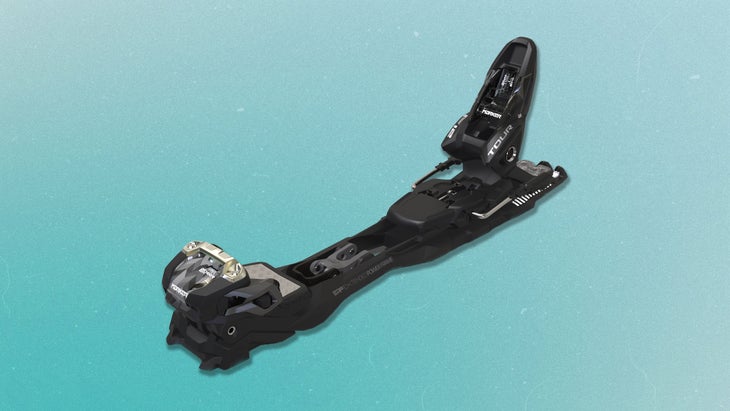
Read on: The Best New Bindings of 2023
Ski Boot and Binding Norms
Alpine – ISO 5355 (DIN)
- Ski boots have hard, plastic, flat soles.
- Bindings have non-adjustable AFD plate and/or non-adjustable toe height
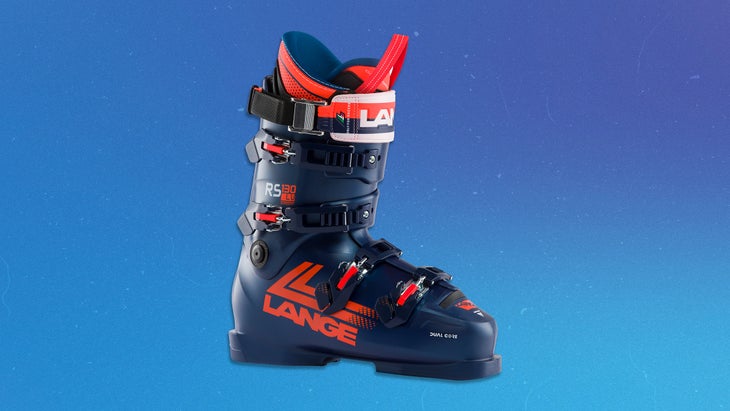
Related: The Best Alpine Boots of 2023
GripWalk – ISO 23223 (Previously ISO 9523)
- Ski boots have rockered soles that incorporate rubber but the contact point with the AFD is plastic
- Ski boots may or may not have tech inserts
- Step-in bindings are multi-norm (MNC) with an adjustable AFD or toe height OR have GripWalk sticker on toe piece
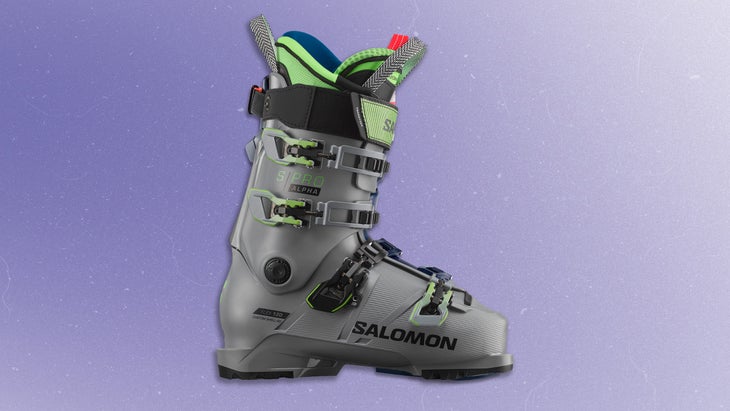
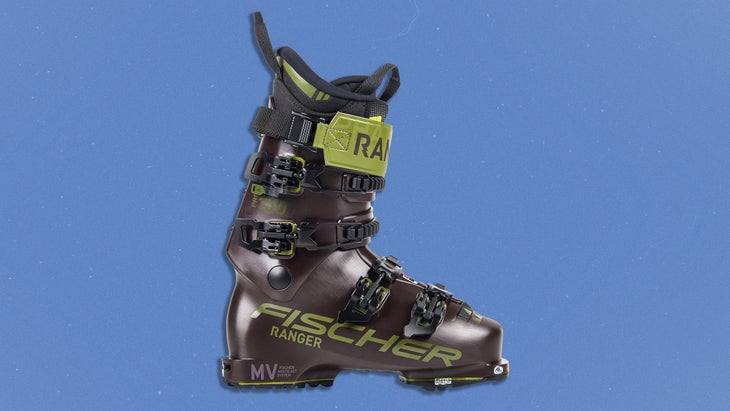
Alpine Touring/Hybrid – ISO 9523
- Ski boots only have rubber soles
- Ski boots likely have tech inserts
- Step-in bindings are multi-norm (MNC) with an adjustable AFD or toe height
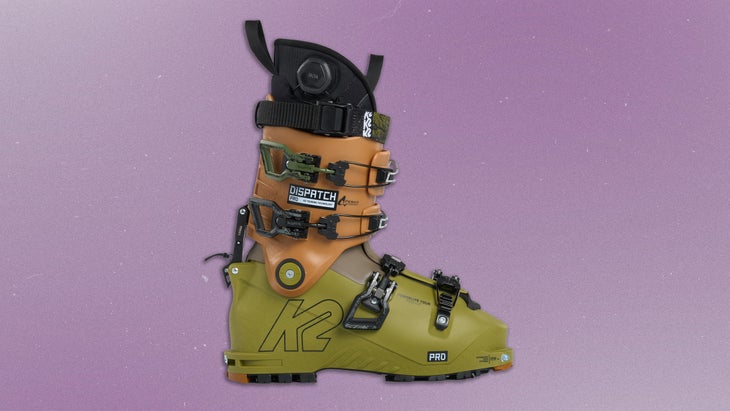
Read more: The Best Backcountry Boots of 2023
Walk-to-Ride (WTR)
- Ski boot soles are rockered and incorporate rubber
- These types of ski boot soles are becoming harder to find as GripWalk becomes more prevalent
- Some bindings are still named WTR, however, they are being phased out due to GripWalk
Non-Compliant Boots
- Many backcountry ski boots are made for tech bindings only and are not compatible with any step-in bindings
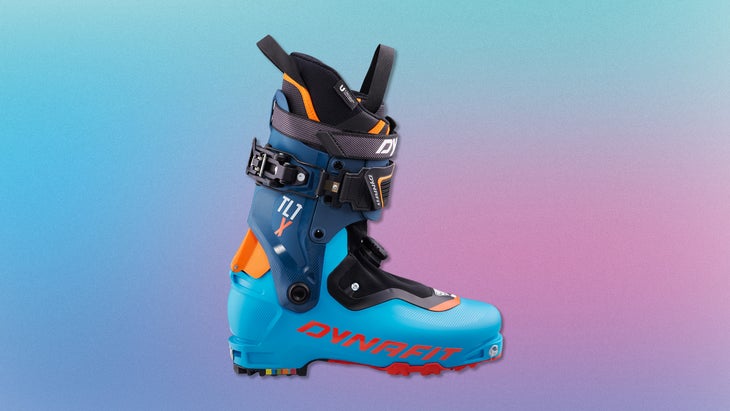
More Gear Content
How tight should new ski boots be?
How old is too old for ski boots?
5 things you should know before buying ski boots online
